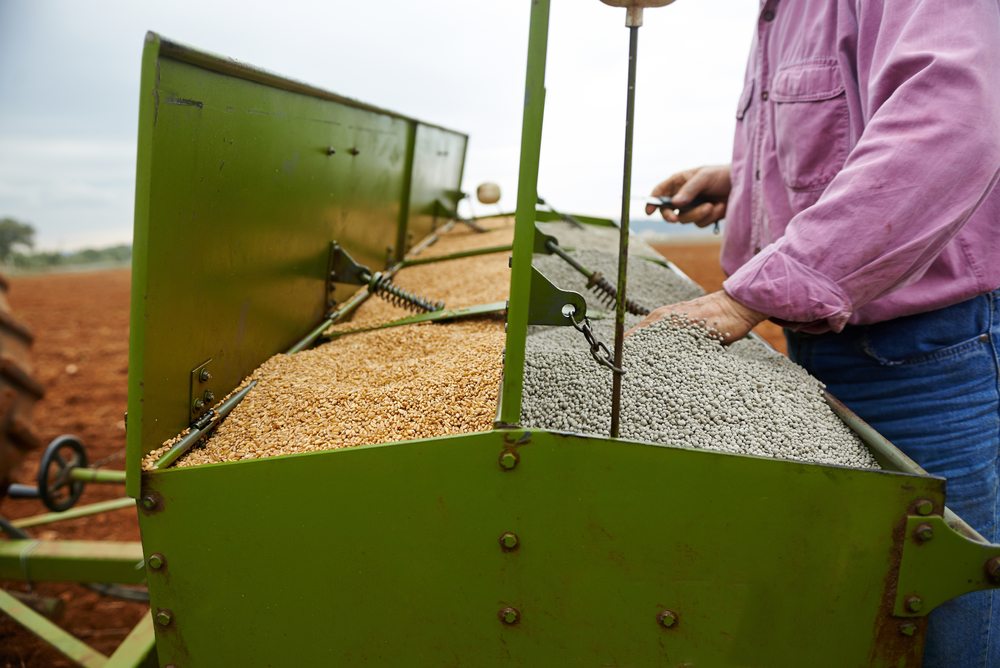By Frank Giles
As the Russian invasion of Ukraine stretches into its second week, growers in the United States and globally are feeling the fallout. Fuel price hikes are being felt by all consumers, including growers. Last week, the U.S. main price for oil topped $110 per barrel. That is the highest price in more than a decade. Over the weekend, during off-hours trading, the price jumped to $130 per barrel. Many market prognosticators expect oil to rise to $200 per barrel or more by the end of March.

Fertilizer Way Up
The upheaval also is having a major impact on fertilizer prices. Prices already had spiked due to supply-chain disruptions related to COVID-19. With Russia being a big player in the fertilizer market, the invasion will only make prices increase more. Russia is the largest fertilizer exporter in the world.
U.S. Secretary of Agriculture Tom Vilsack said recently during an address at the U.S. Department of Agriculture’s Agricultural Outlook Forum that it was still too early to gauge the full impact of the invasion on fertilizer prices, but that it is certainly a large concern.
He also cautioned fertilizer manufacturers not to take advantage of the situation to artificially increase prices. “I sincerely hope that no (fertilizer) company out there … will take an unfair advantage of these circumstances,” he said.
He added the agency would be monitoring the true supply-and-demand situation to ensure prices reflect real market dynamics.
Grain Markets
With Russia and Ukraine responsible for a quarter of global exports of grain, the impacts on these markets are set to be historic. Scott Irwin, an ag economist for the University of Illinois, noted that tens of millions of acres of grain are at stake. He Tweeted last week: “I am convinced it is going to be the biggest supply shock to global grain markets in my lifetime … It has been reported that there are 600 million bushels of corn contracted for export that is currently trapped in Ukraine.”
Irwin and others are calling on the United States and Europe to unleash its production of wheat in 2022 to help overcome shortfalls in world supply due to the invasion. He even suggested that U.S. conservation reserve program contracts be relaxed for a year, allowing growers to plant on those lands.
Wheat prices surpassed $11 per bushel last week, a 14-year high. Higher plantings of wheat could have add-on impacts further increasing the prices for fertilizer as demand grows to plant additional crops.










